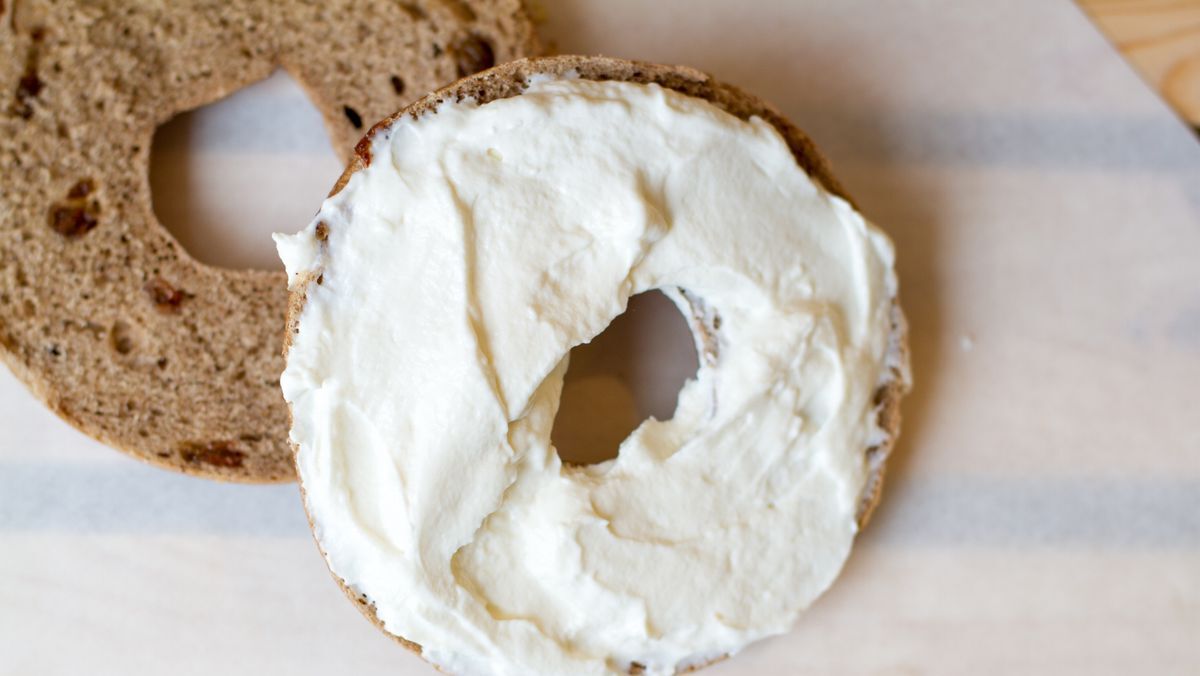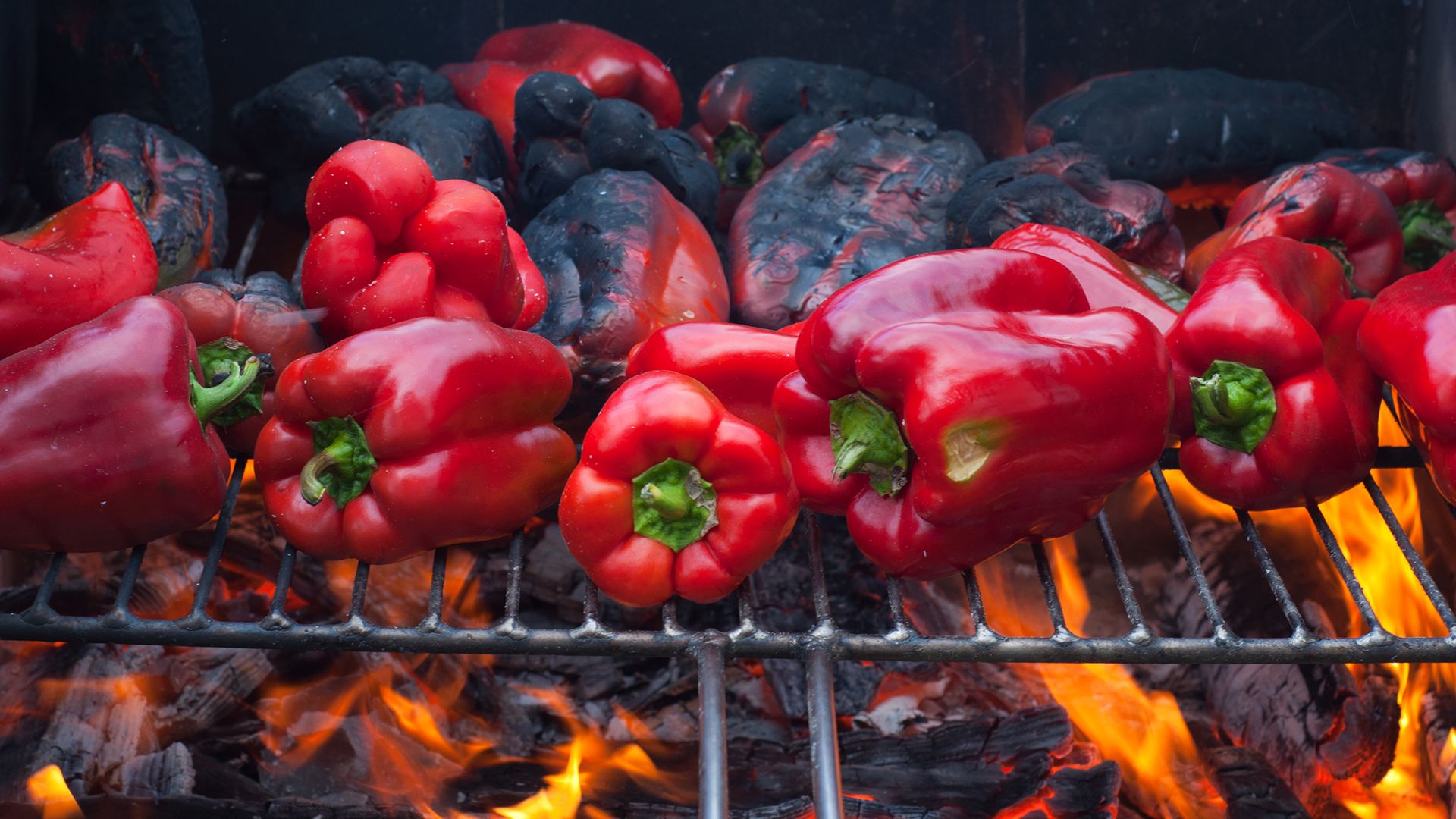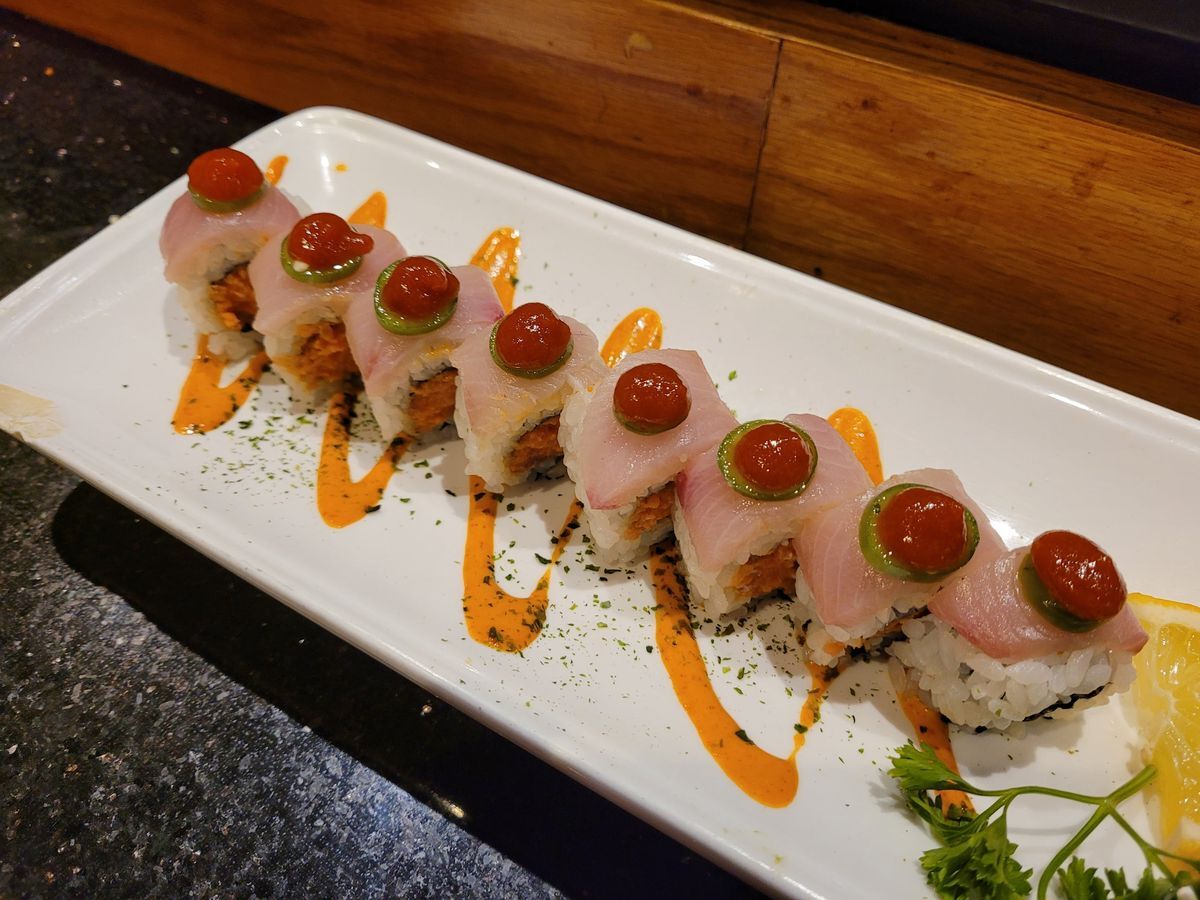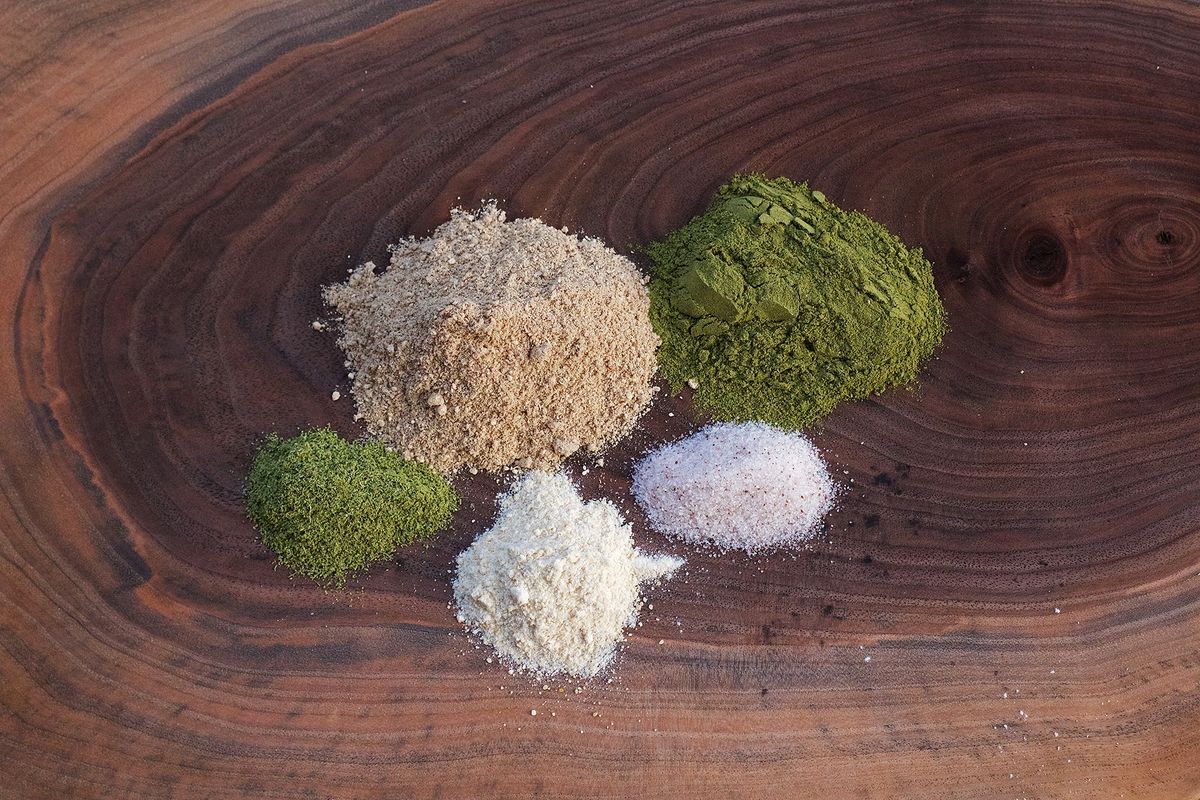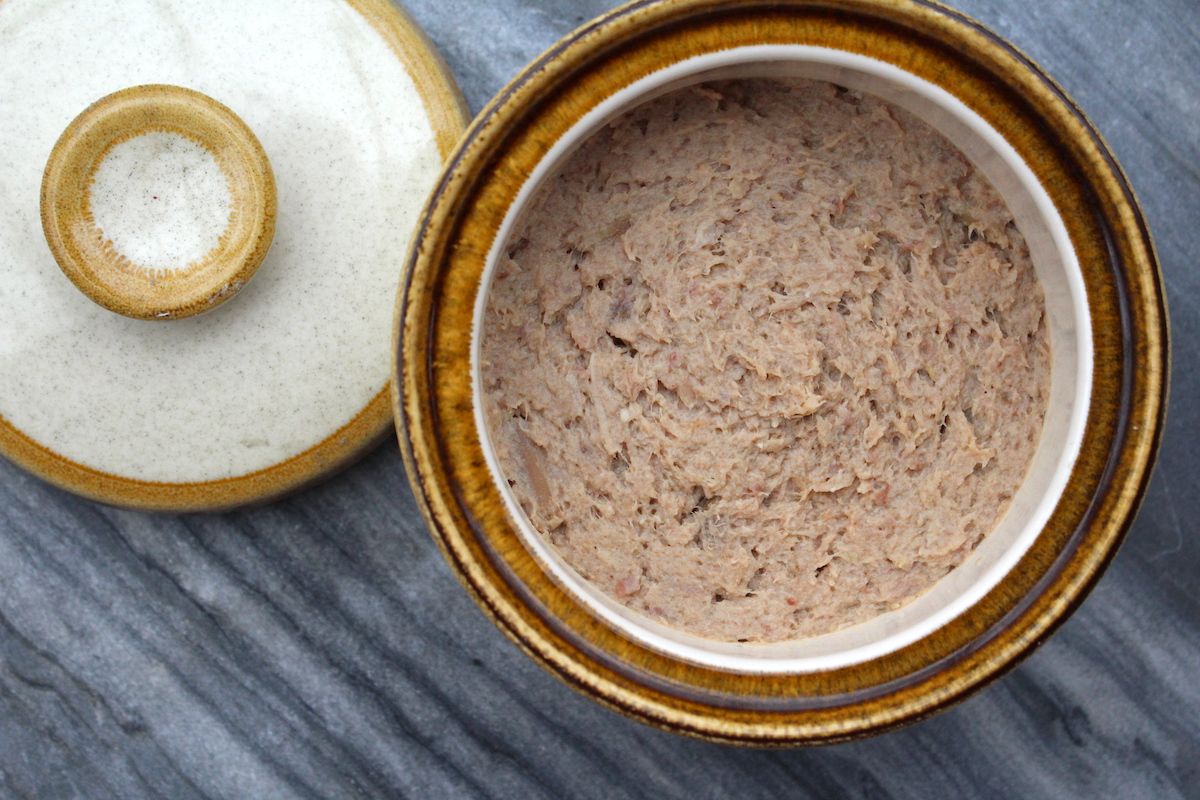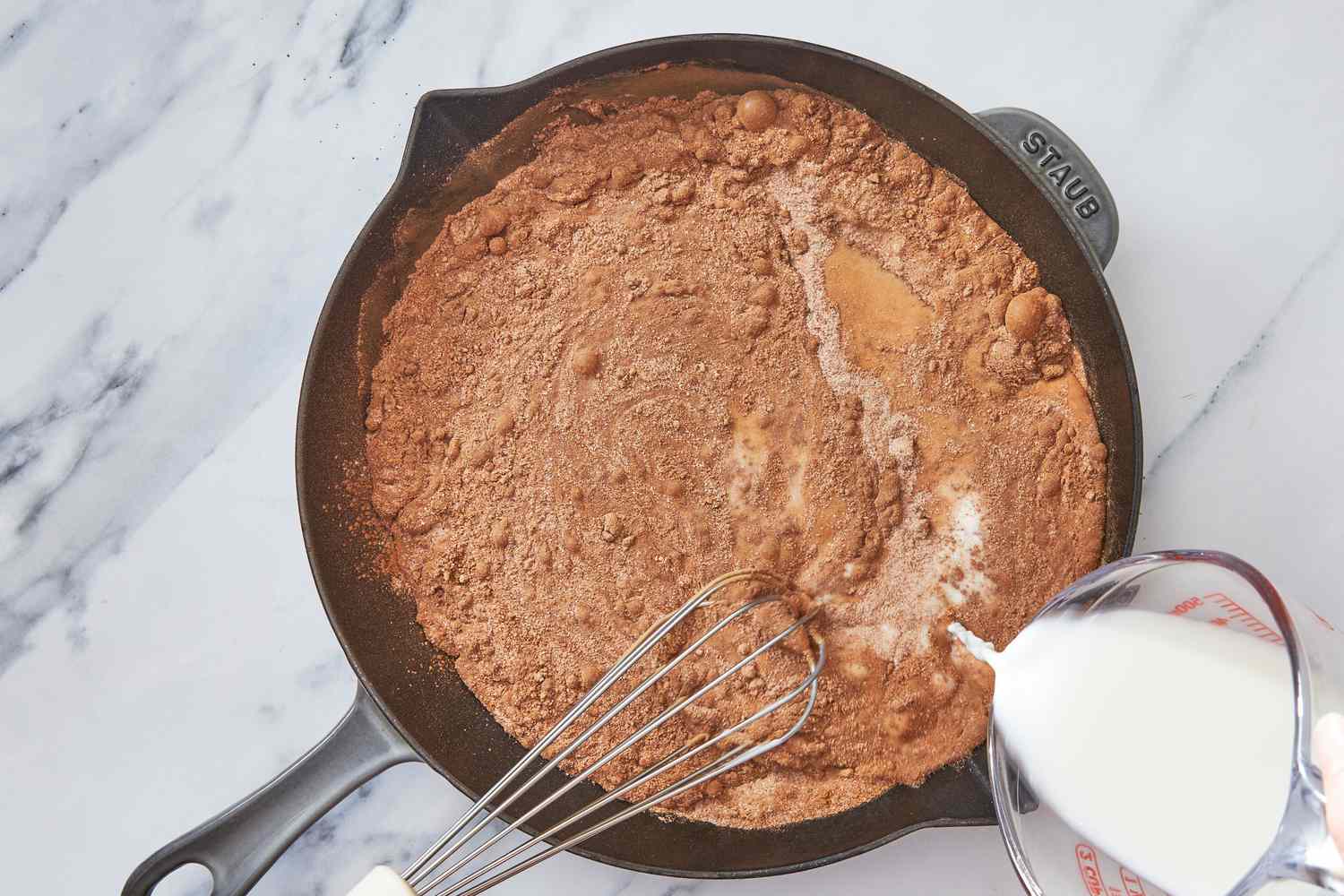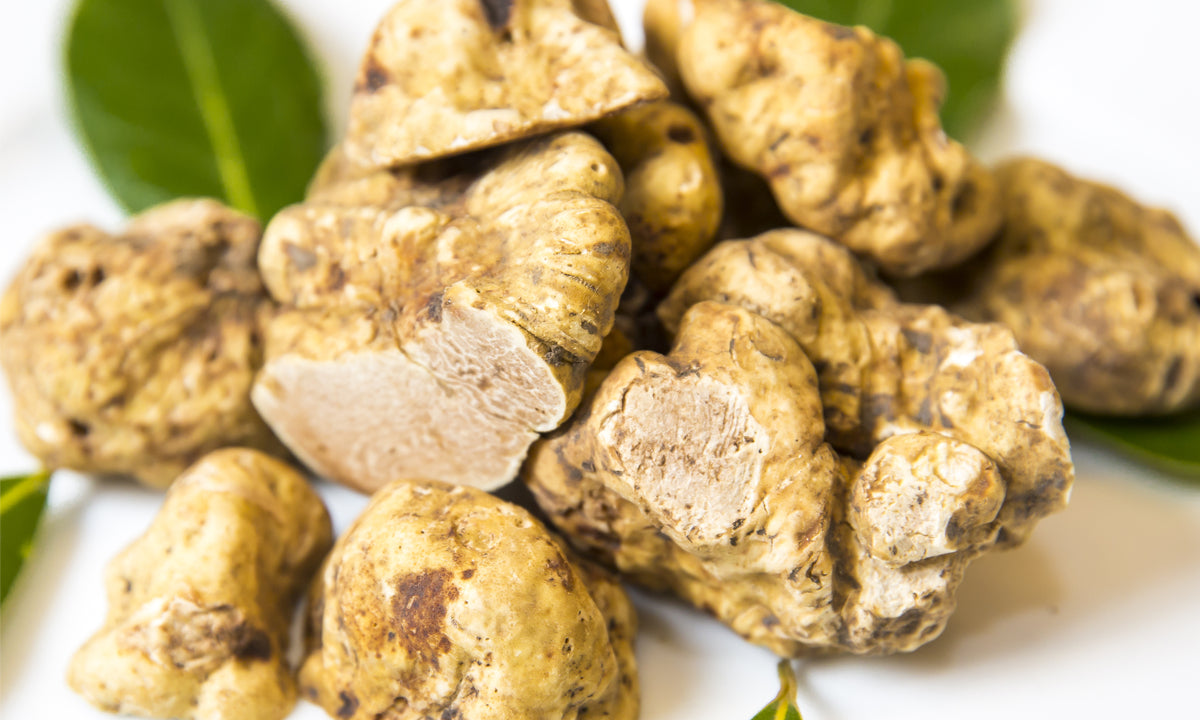Understanding Veal Shank: A Culinary Delicacy
Veal shank is a prized cut of meat that comes from the lower leg of a young calf. It is known for its rich flavor and tender texture, making it a popular choice for gourmet dishes. In this article, we will explore the characteristics of veal shank, its culinary uses, and how it is prepared.
Characteristics of Veal Shank
Veal shank is distinguished by its bone-in cut, which includes the marrow bone surrounded by flavorful meat. The meat is lean and tender, with a delicate flavor that sets it apart from other cuts of veal. When cooked properly, veal shank becomes incredibly tender and develops a rich, savory taste.
Culinary Uses
Veal shank is a staple ingredient in the classic Italian dish, Osso Buco. This hearty stew features veal shanks braised with vegetables, white wine, and broth, resulting in a dish that is both comforting and elegant. The marrow from the bone adds a luxurious richness to the sauce, making it a favorite among food enthusiasts.
Additionally, veal shank can be used to create flavorful stocks and broths, adding depth and complexity to soups and sauces. Its versatility in the kitchen makes it a valuable ingredient for chefs and home cooks alike.
Preparing Veal Shank
When preparing veal shank, it is important to use low and slow cooking methods to tenderize the meat and extract the rich flavors from the bone marrow. Braising, stewing, or slow roasting are popular techniques for cooking veal shank, allowing the meat to become fork-tender and infused with the aromas of the cooking liquid.
One popular method for preparing veal shank is to braise it with aromatic vegetables, herbs, and a flavorful liquid such as wine or broth. The long, slow cooking process allows the collagen in the meat to break down, resulting in a succulent and flavorful dish.
Conclusion
Veal shank is a prized cut of meat that offers a unique combination of flavor, tenderness, and culinary versatility. Whether used to create a luxurious stew or to enhance the depth of a homemade stock, veal shank is a beloved ingredient in the world of gourmet cooking. Its rich taste and tender texture make it a standout choice for those seeking to elevate their culinary creations.
Next time you’re at the butcher or perusing a restaurant menu, consider exploring the world of veal shank and savoring its delectable qualities.
Was this page helpful?
Read Next: What Is Zip Sauce?


